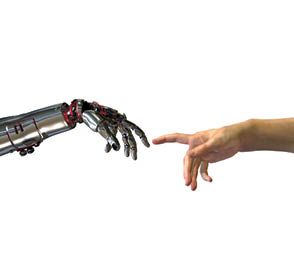
In this, the first of a series on educational robot technologies, Computing and Technology Specialist Dave Gibbs discusses Lego systems for primary and secondary school learners.
I have yet to find a child who doesn’t get excited upon hearing the word ‘Lego’, although I am told they do exist. For an educator, bringing out Lego often results in immediate engagement. It promises creativity and hands-on learning, and values prior learning from the home setting in ways other technologies often cannot.
Lego Education have been developing their offer to schools over many years and have, now, a cohesive range of products that support learning from early years through to university level. And, of course, Lego is far from just a programming tool… concepts in engineering, design, physics and maths can be learned without children even realising it.
The Lego journey begins with WeDo. Based on everyday Lego bricks, but with the addition of motors, sensors and programming software, WeDo is aimed at ages 7+ but could be picked up by children of any age. The drag-and-drop visual programming software allows for models to be made interactive, very quickly and easily. It bears a passing resemblance to the hugely popular Scratch environment (WeDo can be programmed using Scratch too).
Secondary school students can go deeper using the Mindstorms system and the EV3 programmable brick. Sticking with the visual programming interface but with the addition of lots of functions and functionality, EV3 software can be quickly grasped and can be used to program complex robot behaviours. All the major concepts of lower to middle secondary school computing can be taught, although watch out for some differences in terminology between EV3 and other programming environments, such as IF statements.
Moving beyond visual programming, Robot C is fully supported by EV3 and other educational robotics systems such as Vex, PIC and Arduino – look out for blog posts on these systems. It is based on the C programming language, one of the most widely used languages of all time. This platform is appropriate through upper secondary and into university.
The National STEM Centre has invested heavily in Lego robotics and, alongside a range of other technologies, these will be available to teachers in our Robotics Studio which is in active development. Sign up to the Computing Resources Community to stay abreast of this exciting initiative.

